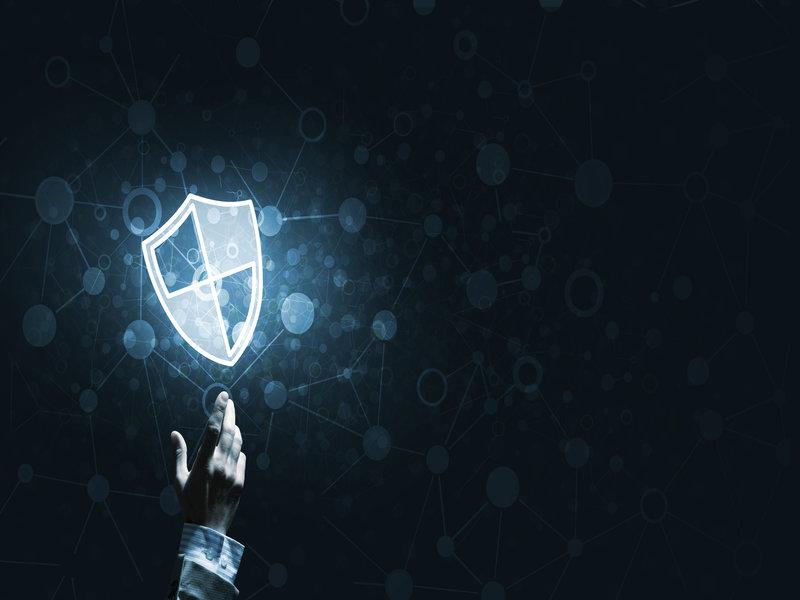
Home »
Top 7 predictions for cybersecurity in 2018: preventive strategies for SMEs and organisations
Top 7 predictions for cybersecurity in 2018: preventive strategies for SMEs and organisations

The business world is increasingly networked and relies on networked systems and on cloud-data storage more than ever. The coming year is expected to bring even more connectivity, increasing amounts of data and digital transformation initiatives for companies worldwide. This fast-changing scenario will entail new cybersecurity threats and aspects that need to be addressed accordingly.
As such a hot topic, Cybersecurity draws vast amounts of attention. However, it’s often too broad a term to encompass the multiple kinds of attacks that can take place including malware, ransomware, social media hacks or spear phishing. While it’s true that technology is constantly evolving and improving, this entails new vulnerabilities have been discovered that may endanger the safety of companies and organisations and, to a greater extent, the global economy.
This article sums up 2018’s cybersecurity predictions, that SMEs and IT organisations should be aware of to put adequate prevention strategies in place and mitigate the risk.
#1 Top priority for Cloud Security
Cloud Storage is a service that all enterprises to rely on. As such, cloud environments are a prime potential target for security breaches. It is foreseen that cloud-security measures will improve in 2018: cloud-based security brokers will be integrated with a network firewall, secure web gateway and web application firewall. According to “Forbes”, 20% of companies worldwide will put in place data security programmes to avoid data breaches and public clouds.
#2 Focus on the safety and privacy of data
Cybersecurity is not just about safeguarding IT systems and networks but also guaranteeing the safety of people and the environment around them. Privacy is vital for any type of business and the very nature of confidential data means that it should not be accessible to anyone but authorized personnel. Data leaking can potentially lead to huge professional losses . The number of companies that use native mobile containment are expected to increase by 20% to 60%.
#3 Implementation of cloud visibility and control tools
60% of companies willing to implement effective cloud visibility and control tools will witness a one-third decrease in security failures. Adding telemetry and documented testing will enable the security team to gain visible proof that the cloud is functioning safely and to identify any signs of threat in advance allowing a timely response.
#4 Rising of Blockchain
Blockchains are supposed to bring improved security and encryption, allowing security teams to obtain protection of their on-premises and cloud workloads through a better distributed integrity guarantee and transactional integrity.
Blockchain is expected to become a critical technology for:
- Identity Verification (IDV)
- Certificate issuance and authentication
- Malware and ransomware protection
- Document authenticity and integrity verification
2018 will be the start of a landslide of startups offering blockchain-related security solutions.
#5 Role of women in cybersecurity
Recent research has highlighted that merely 11% of the world information security workforce are women. Lack of cyber-talent presents a remarkable opportunity in 2018 for women to become involved in the field and bridge this gap. A number of organisation are committed to supporting women succeed in this career path such as, for example, “Women’s Society Cyberjutsu”.
#6 Companies hunting down insider threats may face lawsuits and GDPR fines
Today it’s easy for companies to carefully monitor employees and their activities in order to block their mistakes, malicious insiders, or any attacker using compromised employee credentials. However, there is a thin line between monitoring and invasion of privacy. Recently, the European Court of Human Rights declared that firms must inform employees in advance if their e-mail accounts will be overseen. The EU GDPR also applies to employee privacy and data handling and infringement may lead to huge fines.
#7 Shifting from protection to prevention
Most companies have recognised the huge importance of adequately investing in detection and response as an efficient prevention strategy. Soon, predictions on coming threats should be more accurate and timely: this will grant businesses more time to prepare and respond accordingly.
The role of Cyberwatching.eu
First of all, Cyberwatching aims to make the Digital environment a safer place for everybody. Through the platform it is possible to gain access to documents providing a better understanding of the legal framework and how to solve conflicts of interpretation. In addition, any victim of a hacking attack can rely on the guidance of ICT Legal.
Do you want your cybersecurity project to shine? Just submit it to the catalogue section. Here you can showcase the services you're offering, grow your community by informing how you propose to improve lives of the end-users you're targeting and which cybersecurity or privacy challenge you're tackling.
News
On the event of the adoption of the draft regulation laying down measures for a high common level of cybersecurity at the institutions, bodies, offices and agencies of the Union, the AI4HealthSec project kicked off a process to provide its opinion.
Resources for EU Research
Resources for SMEs
News & Events
Reports
Cyberwatching.eu has received funding from the European Union’s Horizon 2020 research and innovation programme under grant agreement No 740129. The content of this website does not represent the opinion of the European Commission, and the European Commission is not responsible for any use that might be made of such content. Privacy Policy | Disclaimer / Terms and Conditions of Use
